Fancy a pint and curious about how your favourite beer is made? Beer production, often referred to as brewing, combines history, science, and artistry through various meticulous steps.
This step-by-step guide will take you on a journey from raw ingredients to the final product in your glass. Sit tight because we’re about to unravel the fascinating process behind every sip of beer!
Key Takeaways
- Beer production, also known as brewing, involves several key steps such as malt milling, mashing, lautering, wort boiling, clarification, fermentation and bottling.
- Malt is an important ingredient in beer production. It starts with barley grains that are soaked and dried to develop enzymes that convert starches into sugars during brewing.
- Hops add flavor, aroma and bitterness to beer. They come from a plant called Humulus lupulus and provide different flavors like citrus or floral notes.
- Yeast plays a crucial role in fermentation by breaking down sugars to produce alcohol and carbon dioxide. Different yeast types create different styles of beer.
The Brewing Process Step-By-Step
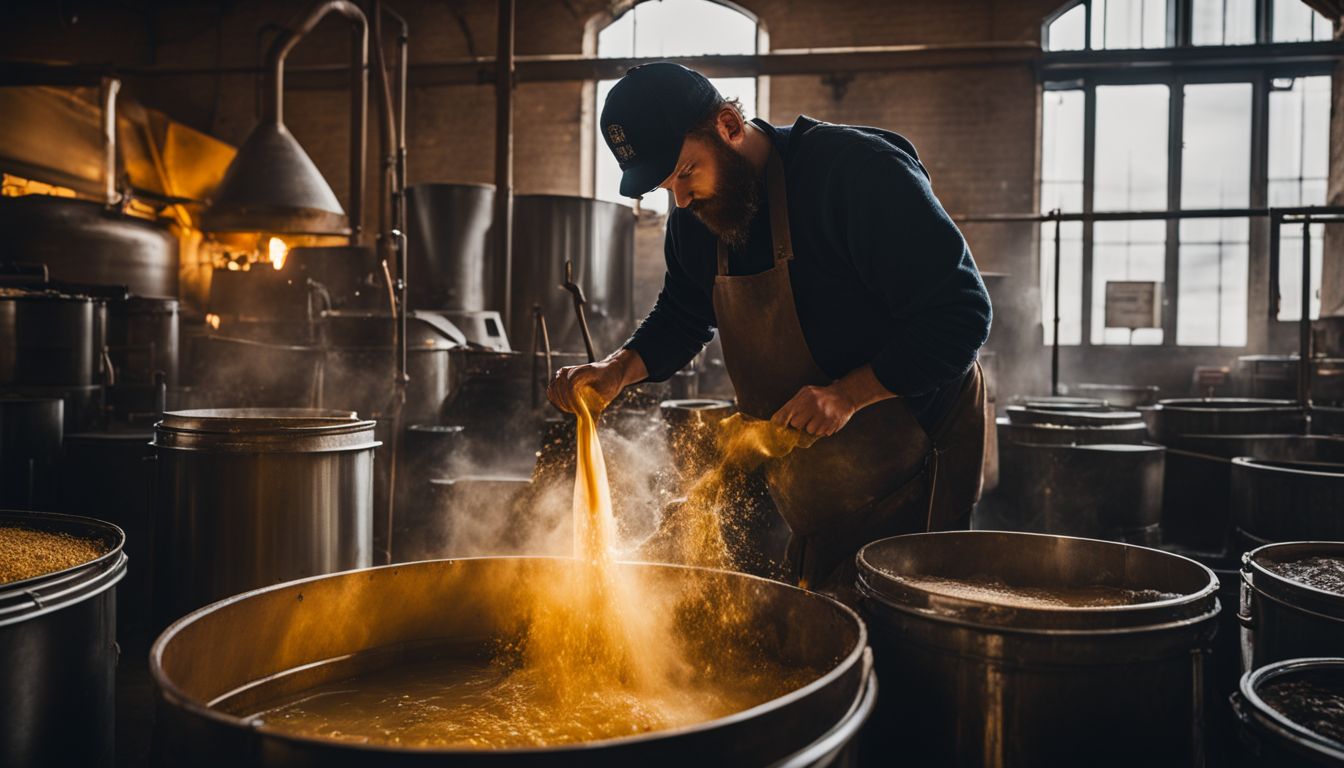
The brewing process involves several key steps, including malt milling, mashing, lautering, wort boiling, clarification, and fermentation. Each step plays a crucial role in the production of beer.
https://www.youtube.com/watch?v=i1mp1oMZKJQ
Step 1: Malt Milling
 Malt milling is the first step in making beer. Barley grains go through a machine called a mill. This machine breaks them down into small pieces. These pieces are easier for water to soak into.
Malt milling is the first step in making beer. Barley grains go through a machine called a mill. This machine breaks them down into small pieces. These pieces are easier for water to soak into.
It helps pull out all the good stuff from the barley that makes your beer taste just right!
Step 2: Mashing

In the brewing process, mashing is an important step. This is where crushed malted grains are mixed with hot water in a big vessel called a mash tun. The hot water helps to break down the starches in the grains and turn them into sugars.
These sugars are what yeast will feed on later during fermentation to make alcohol. Mashing typically takes around 1 to 2 hours, and the temperature of the water needs to be carefully controlled to get the desired results.
After mashing, the liquid that’s left is called wort, which contains all those sugars from the grains.
Mashing is an essential part of making beer because it transforms raw ingredients into something that yeast can work with. It’s like making soup – you need to cook your ingredients together so they release their flavors and nutrients.
Step 3: Lautering
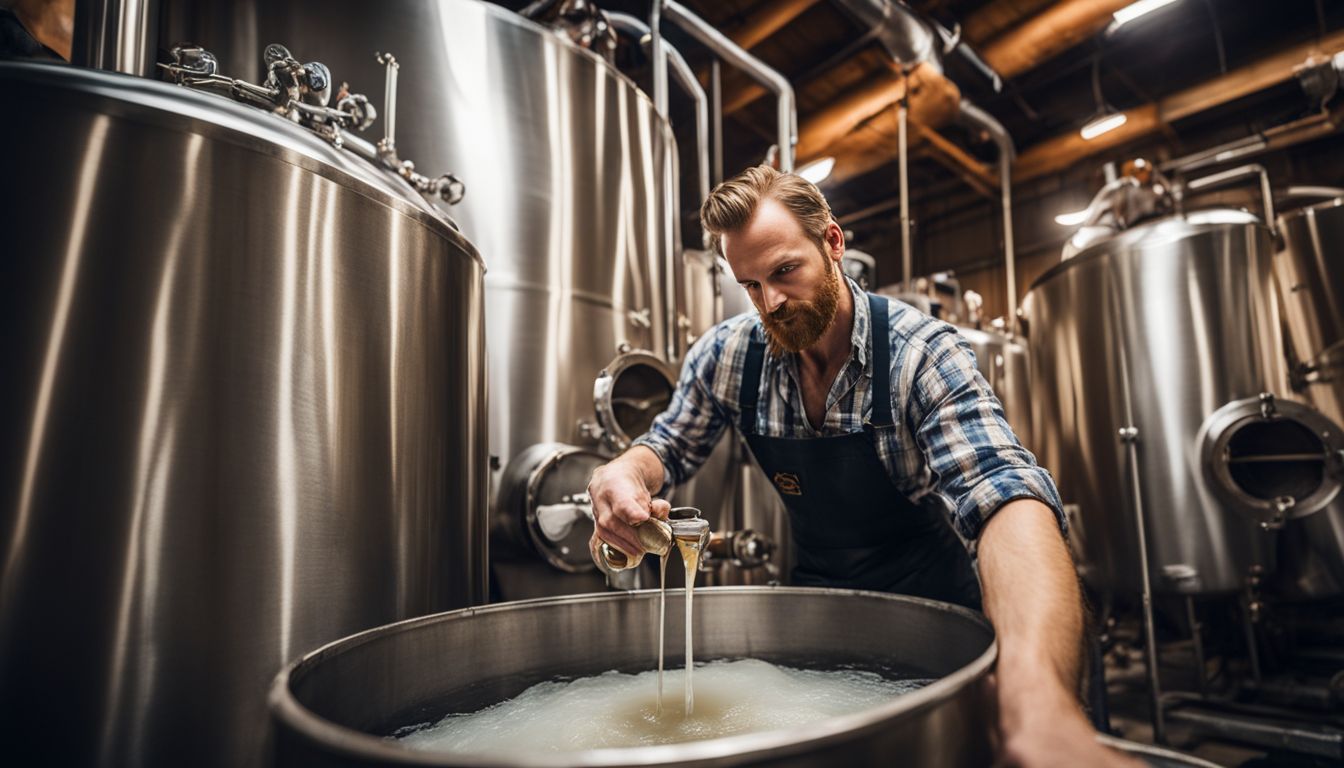
To make beer, the next step after mashing is called lautering. During this stage, the liquid part of the mixture, called wort, is separated from the solid grains. The grain mixture is placed in a special vessel called a lauter tun.
Hot water is added to rinse away all the sugars and flavors from the grains. This process helps extract as much sugar and flavor as possible before moving on to boiling the wort. Lautering plays a crucial role in creating a high-quality beer by ensuring that only clear and tasty liquid makes it into fermentation.
Step 4: Wort Boiling

In the beer production process, wort boiling is a crucial step. After lautering, the liquid extracted from the grains, called wort, is boiled. This boiling serves several purposes.
Firstly, it helps to sterilize the wort by killing any unwanted microorganisms that may be present. Secondly, it allows for the extraction of bitter compounds from hops which contribute to the flavor and aroma of beer.
Additionally, boiling helps to coagulate proteins in the wort, making it easier to clarify later on in the process. The duration and intensity of boiling can vary depending on the desired characteristics of the final beer product.
Step 5: Clarification

In the beer production process, clarification is an important step. It helps remove any solids or impurities from the liquid to make it clear and smooth. This is done through various methods such as filtration and settling.
Filtration involves passing the beer through special filters that catch any particles or sediments, while settling allows gravity to separate the solids from the liquid. The goal of clarification is to achieve a crystal-clear appearance in the beer, ensuring a visually appealing and high-quality product for beer drinkers to enjoy.
Step 6: Fermentation

During the fermentation step of beer production, yeast turns sugars into alcohol and carbon dioxide. This is when the magic happens! The liquid from the previous steps, called wort, is transferred to a fermenter.
Yeast is added to the wort and begins munching on the sugars, releasing alcohol and carbon dioxide as byproducts. This process can take anywhere from a few days to several weeks depending on the desired flavor profile.
It’s all about finding the perfect balance of flavors during fermentation that gives each beer its unique taste. After fermentation is complete, the liquid is ready for bottling or kegging so it can be enjoyed by beer enthusiasts like you!
Ingredients Used in Beer Production

The ingredients used in beer production include malt, hops, yeast, and water.
Malt
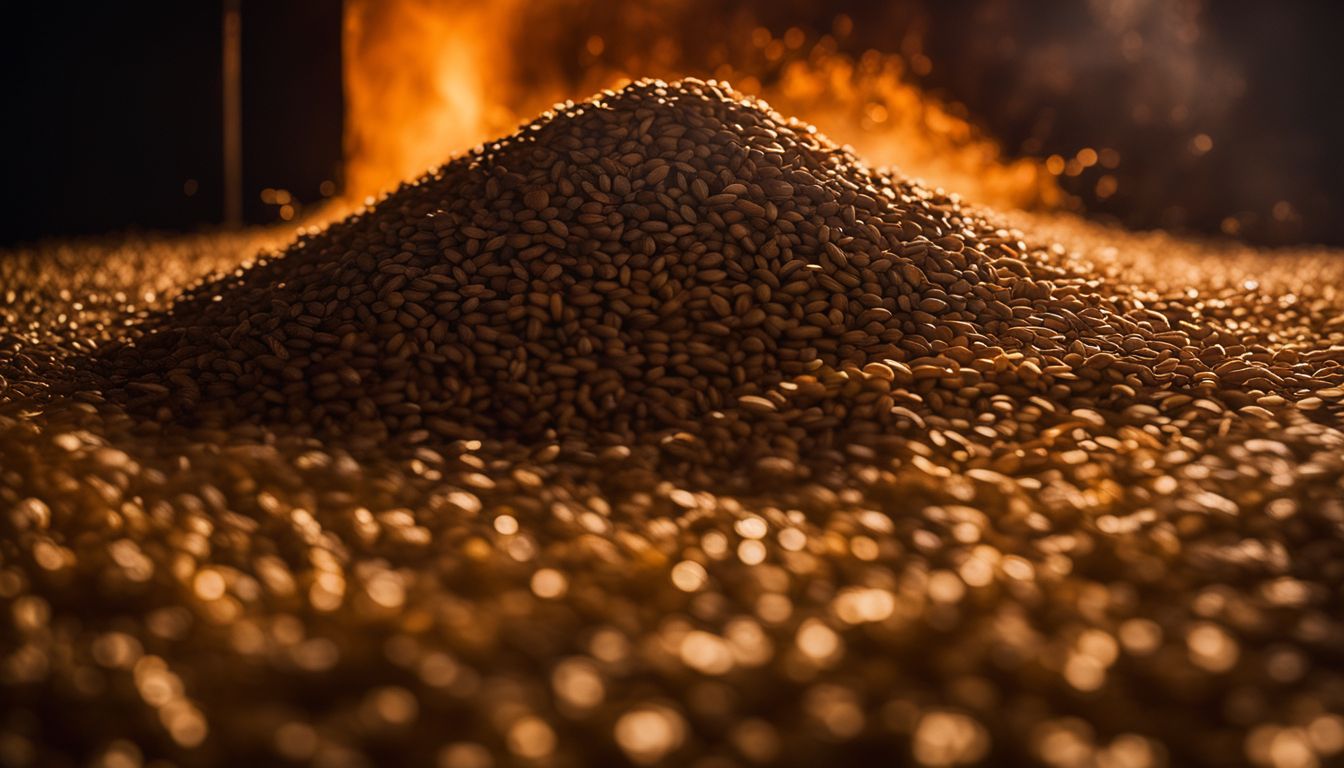
Malt is a key ingredient in the beer production process. It starts with barley grains that are carefully soaked and allowed to germinate, then dried in a kiln. This process develops enzymes that will later convert starches into sugars during brewing.
Malt also provides flavor, color, and body to the beer. While barley is the most common grain used for malting, other grains like wheat, oats, and rye can also be malted. The malt house plays an important role in preparing the malt for brewing by controlling temperature and moisture levels during the malting process.
Hops
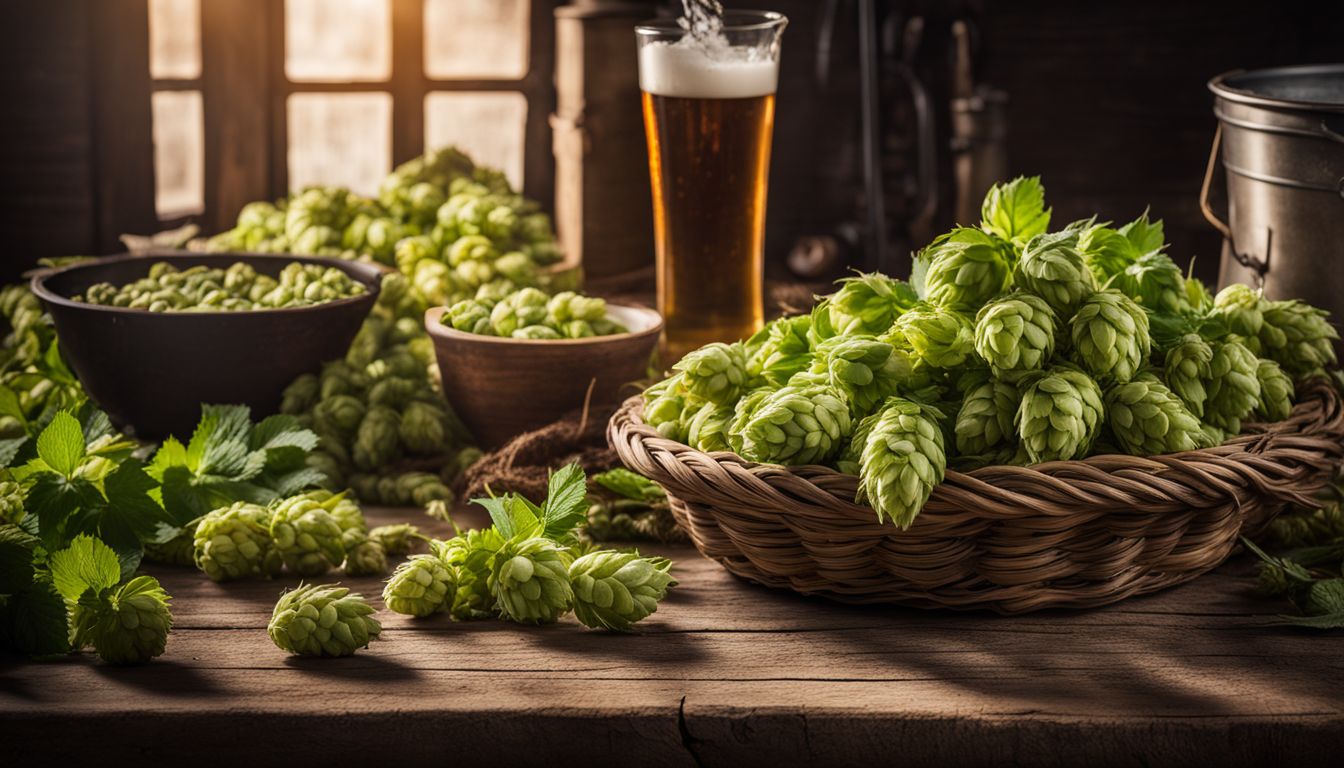
Hops are an important ingredient in the beer production process. They add flavor, aroma, and bitterness to the final product. Hops come from a plant called Humulus lupulus and are cone-like flowers.
They contain compounds that help balance the sweetness of malt and provide distinct flavors like citrus, pine, or floral notes. Hops also act as a natural preservative by inhibiting bacteria growth during fermentation.
Different hop varieties can be used at different stages of brewing to achieve specific flavors and aromas in beer. Without hops, beer would not have its unique taste and character that we all love to enjoy.
Yeast

Yeast plays a crucial role in the beer production process. It is responsible for fermentation, which is when sugars are broken down to produce alcohol and carbon dioxide. This gives beer its distinct flavors and bubbles.
Yeast also contributes to the aroma and character of the final product. There are different types of yeast used in brewing, including ale yeast and lager yeast. These yeasts have specific temperature requirements and create different styles of beer.
Without yeast, there would be no alcohol or carbonation in beer, making it an essential ingredient in the brewing process.
Water

Water is a crucial ingredient in the beer production process. It plays a vital role in extracting flavors from the malt and hops, as well as facilitating fermentation. The quality of water used can greatly impact the taste and overall character of the beer.
Brewers often pay close attention to water chemistry, adjusting it to achieve specific pH levels and mineral content that complement their desired beer style. Additionally, clean and pure water is essential for sanitation purposes throughout the brewing process, ensuring that the final product is safe for consumption.
So next time you enjoy a cold pint of beer, remember that even something as simple as water has a significant impact on its flavor and quality.
The Importance of Cleanliness in Beer Production
Cleanliness is crucial in beer production because it ensures the quality and safety of the final product. Maintaining a clean brewing environment helps to prevent contamination by bacteria, yeast, or other unwanted organisms that could spoil the beer or cause off-flavors.
Clean equipment and surfaces also minimize the risk of cross-contamination between batches.
In addition to hygiene, cleanliness plays a role in achieving consistent flavor profiles. Residual dirt, debris, or leftover chemicals can affect the taste of the beer, making it difficult to reproduce the desired characteristics from batch to batch.
By keeping everything clean and sanitized throughout the brewing process, brewers can ensure that each beer tastes exactly as intended.
To maintain cleanliness during beer production, thorough cleaning routines should be implemented before and after each step. This includes sanitizing all equipment such as fermenters, tanks, hoses, and packaging materials.
Regular monitoring and testing for cleanliness are also important to identify any potential areas for improvement.
By prioritizing cleanliness in beer production, brewers can produce high-quality beers with consistent flavors while minimizing risks related to contamination or off-flavors.
Bottling and Conditioning

In the beer production process, bottling and conditioning are the final steps before the beer is ready to be enjoyed. Once fermentation is complete, the beer is transferred into bottles or kegs for packaging.
This step helps preserve the flavors and carbonation of the beer. Conditioning plays a crucial role in developing complexity and smoothness in taste. During this stage, yeast continue to work, removing impurities and maturing the flavor profile.
It takes time for the beer to fully condition, so patience is key. Once conditioned, the bottles or kegs are sealed, ready to be shipped out and served to eager beer drinkers like you! Enjoy responsibly!
Conclusion
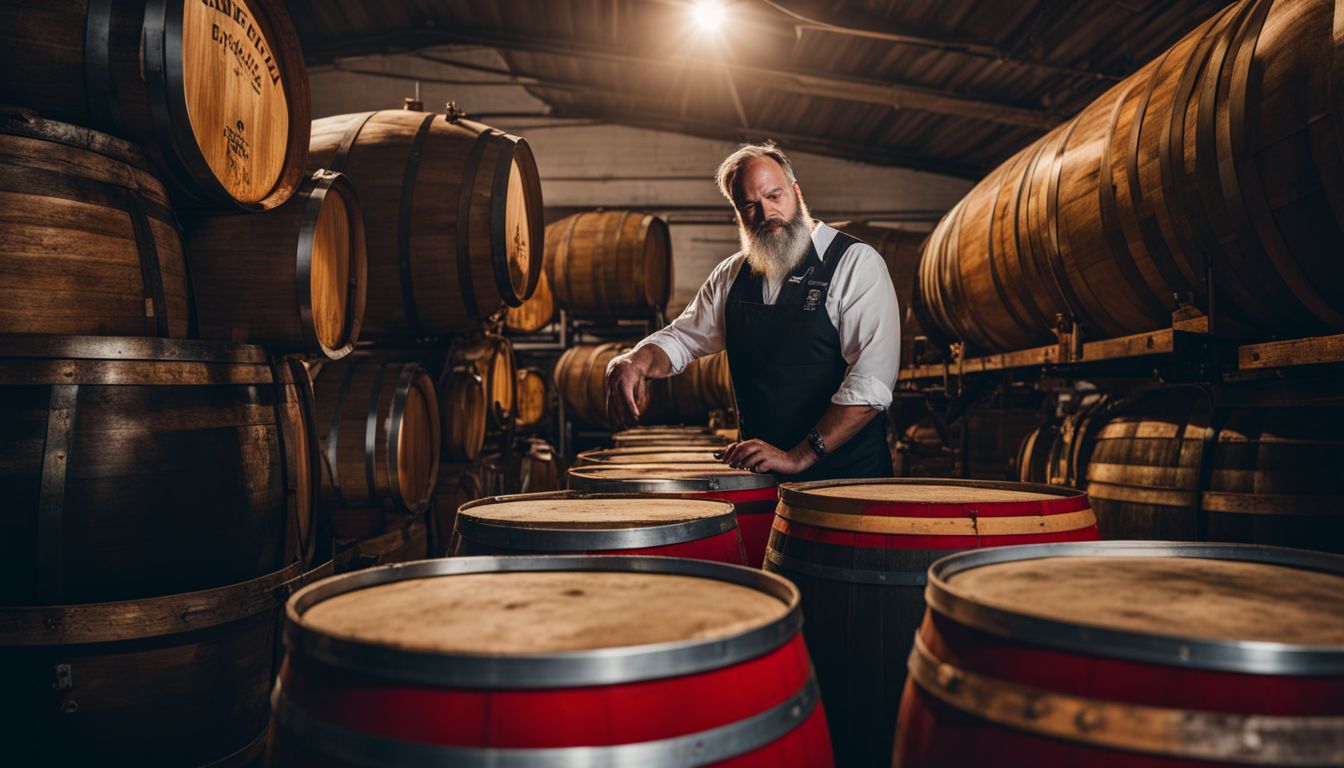
In conclusion, the step-by-step guide to beer production process involves several essential stages, including malting, milling, mashing, lautering, boiling, fermenting, conditioning, filtering and packaging.
Each step requires attention to detail and adherence to specific techniques in order to create high-quality beer. By understanding this process, beer enthusiasts can gain a greater appreciation for the craftsmanship behind their favorite beverages.
FAQs
1. What are the main steps involved in the beer production process?
The main steps in the beer production process include malting, mashing, boiling, fermentation, conditioning, and packaging.
2. How long does it take to produce beer?
The time it takes to produce beer can vary depending on factors such as the type of beer and brewing methods used. On average, the process can take anywhere from a few weeks to several months.
3. What is malt and why is it important in beer production?
Malt is grain that has been germinated and then dried through a malting process. It provides enzymes necessary for converting starches into sugars during mashing, which is essential for yeast fermentation and alcohol production in beer.
4. Can I make my own beer at home using this guide?
Yes, you can use this step-by-step guide as a valuable resource for making your own homemade beer. However, keep in mind that proper equipment and knowledge of brewing techniques are crucial for successful results.
